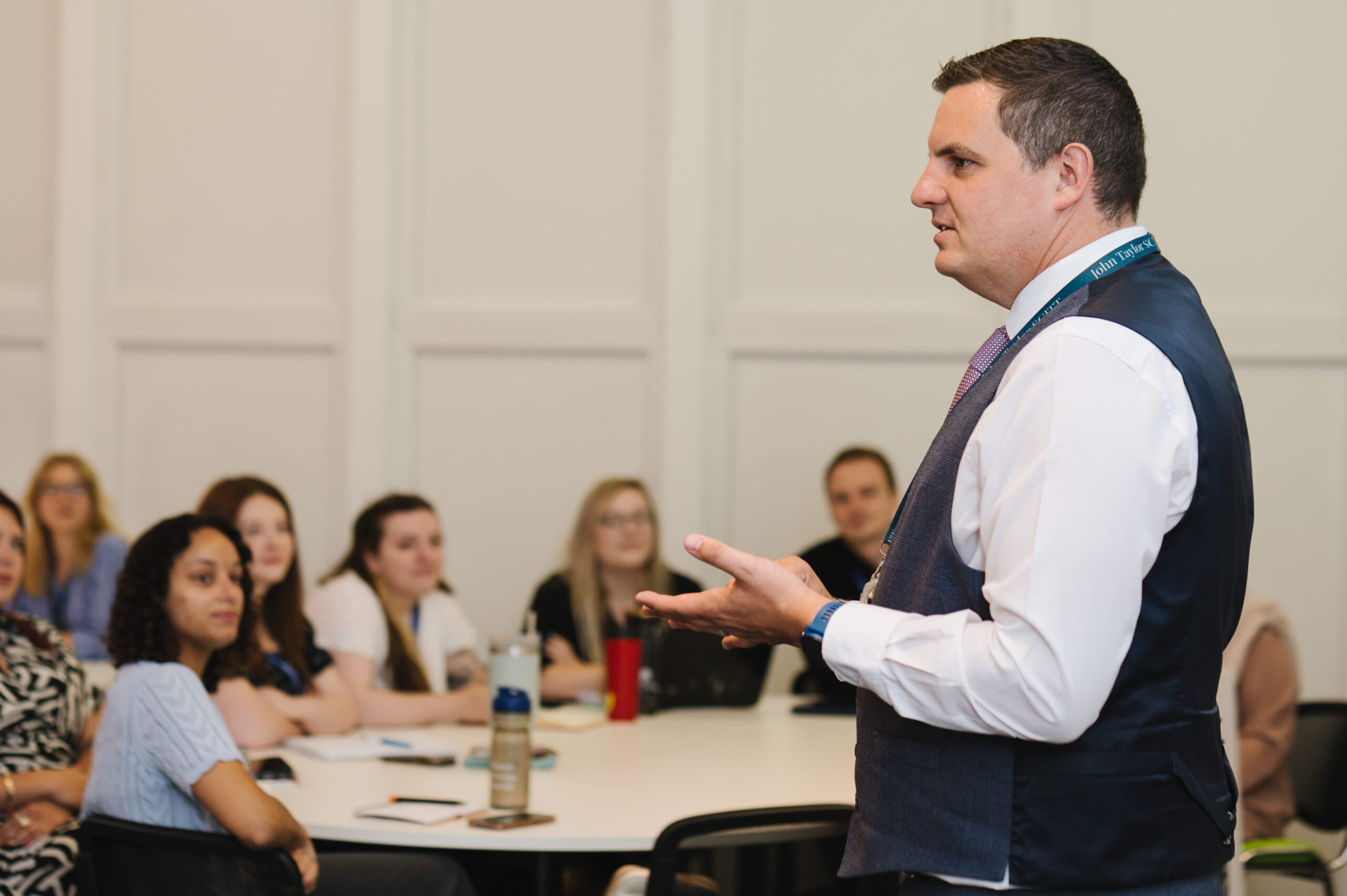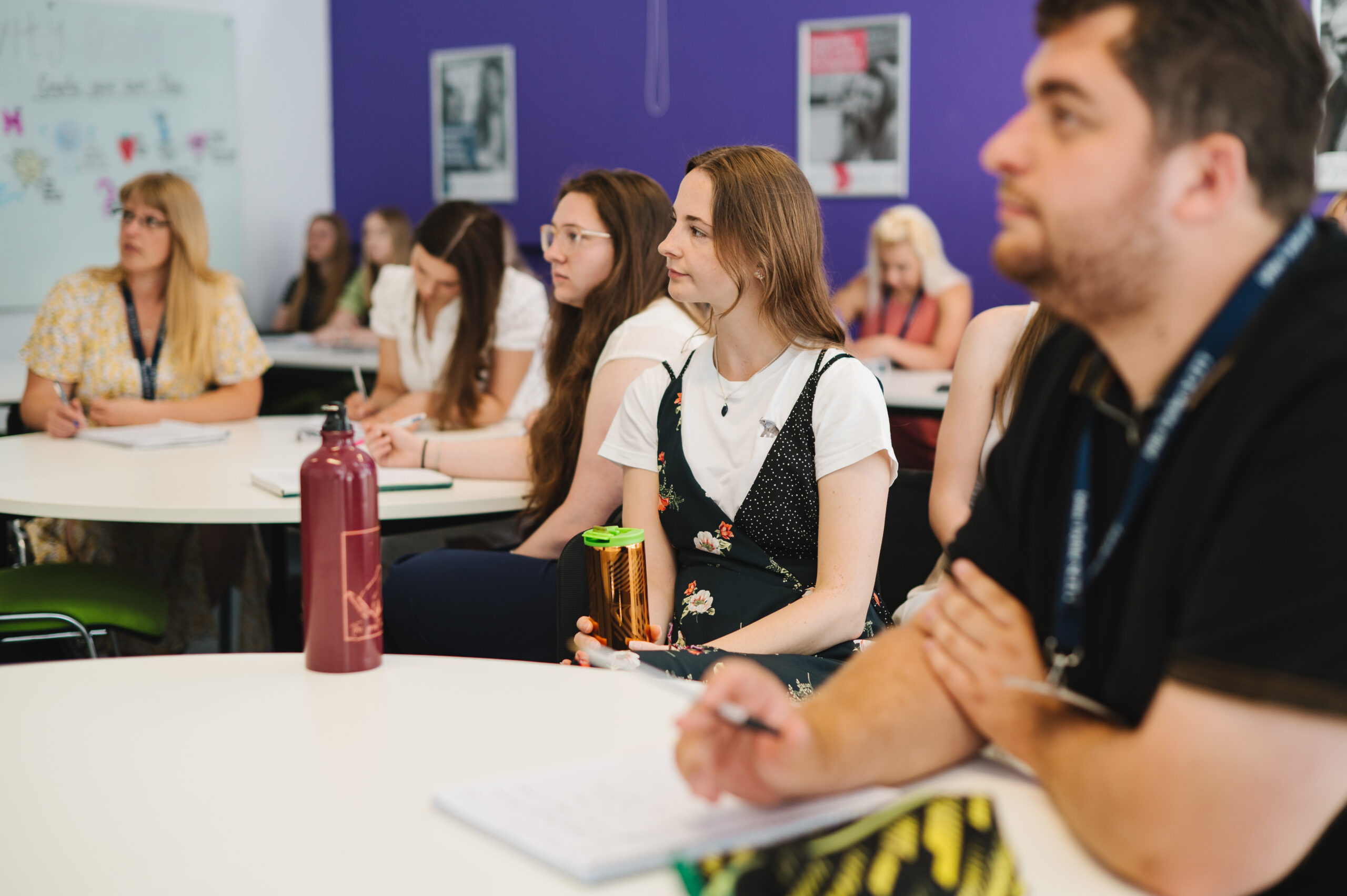
Reflections on My First Term as a Trainee Teacher.
In this blog, one of our trainees reflects on their first term as trainee teacher – sharing more on how they’ve grown in confidence, managed behaviour and how they’re building foundation for the next stage.




